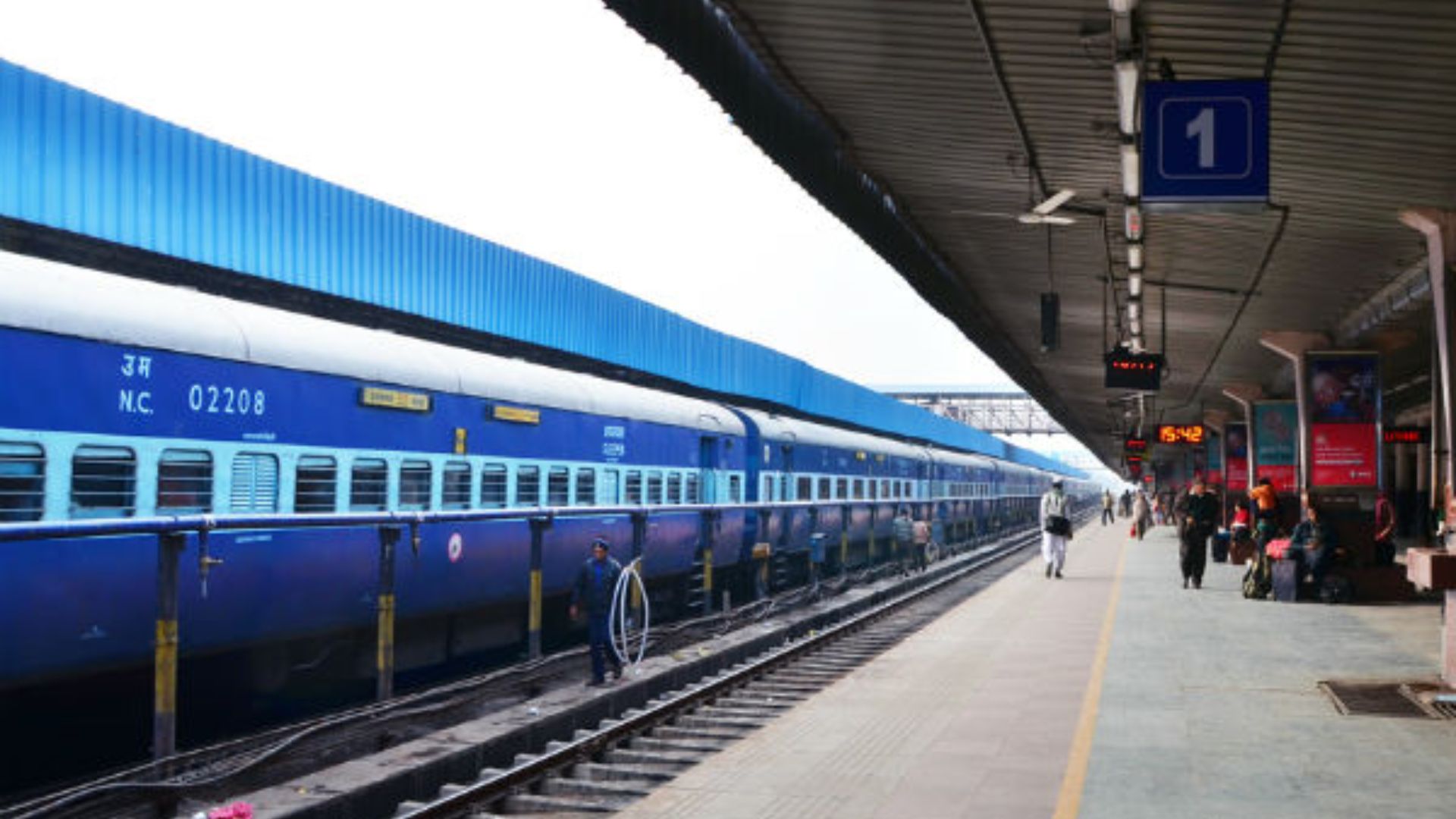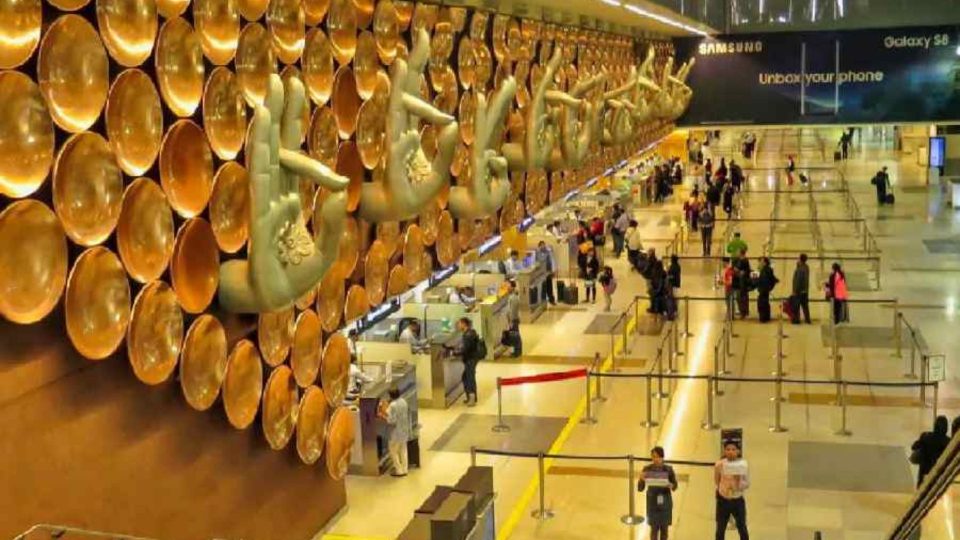
Can You Use the Middle Berth Anytime? Know the Train Rules
Train travel is a popular and practical way to go about, particularly in nations like India. Passengers can choose from a variety of accommodations offered by Indian Railways, including sleeper carriages with upper, middle, and lower tier sleepers. Passengers must follow certain restrictions, particularly with regard to the middle berth, even if this arrangement maximises capacity and provides flexibility.
The Rule Of The Middle Berth
Between the top and lower cabins is the middle berth, which may be folded to accommodate guests throughout the day. Because of its dual use, travellers in the middle bunk are supposed to fold it back within a certain window of time so that others can sit.
1. The Indian Railways has set a period of time when passengers on the middle berth are permitted to sleep with their berth down. Usually, this time frame begins at 10:00 PM and concludes at 6:00 AM the next day. Passengers are permitted to sleep in the middle bunk during these hours.
2. Passengers must fold up the middle berth to its upright posture when the sleeping hours are over. Passengers on the lower and middle berths may now sit comfortably as there is room for seats on the lower berth. Making ensuring the middle bunk is not left down during the day is regarded as polite and compliant with the regulations.
3. Both middle and lower berth guests use the lower bunk as a communal seating space during non-sleeping hours. This guarantees that the coach’s limited seating area is used effectively.
4. Other passengers may experience discomfort if a middle-berth passenger refuses to fold it up after six in the morning. Passengers have the right to ask the person in the middle berth to fold it in these situations. The Ticket Examiner (TTE) or the train employees may be notified of non-compliance.
Additional Rules That Passengers Need To Know
There are a number of additional rules that passengers should be aware of when travelling by train, even though the middle berth rule is one of the most crucial ones:
1. It is definitely forbidden to smoke or drink alcohol on trains. There may be penalties or legal action for breaking this regulation.
2. It is required of passengers to store their bags on the baggage racks or beneath the lower bunk. It is not recommended to obstruct sleeping spaces or aisles with luggage.
3. It is expected of passengers to show consideration for others, particularly at night. To prevent disturbing others, lights should be kept low after 10 PM and phone or conversation sounds should be kept to a minimum.
4. Every traveler is required to take the seat or berth that has been allotted to them. Only with mutual permission should seats be switched.
5. By appropriately disposing of rubbish in dustbins, passengers are urged to keep the train clean. As part of its ‘Swachh Rail’ effort, Indian Railways has put in place stringent regulations to encourage cleaner trains.
6. Only genuine emergencies, including medical crises or accidents, are permitted to pull the emergency chain. If this function is misused, there may be fines and legal repercussions.
All passengers will have a nice trip if they are aware of the middle berth rule and other train etiquette. Following these rules and being mindful of the shared area will improve the overall travel experience as well as foster a more peaceful environment on board.



